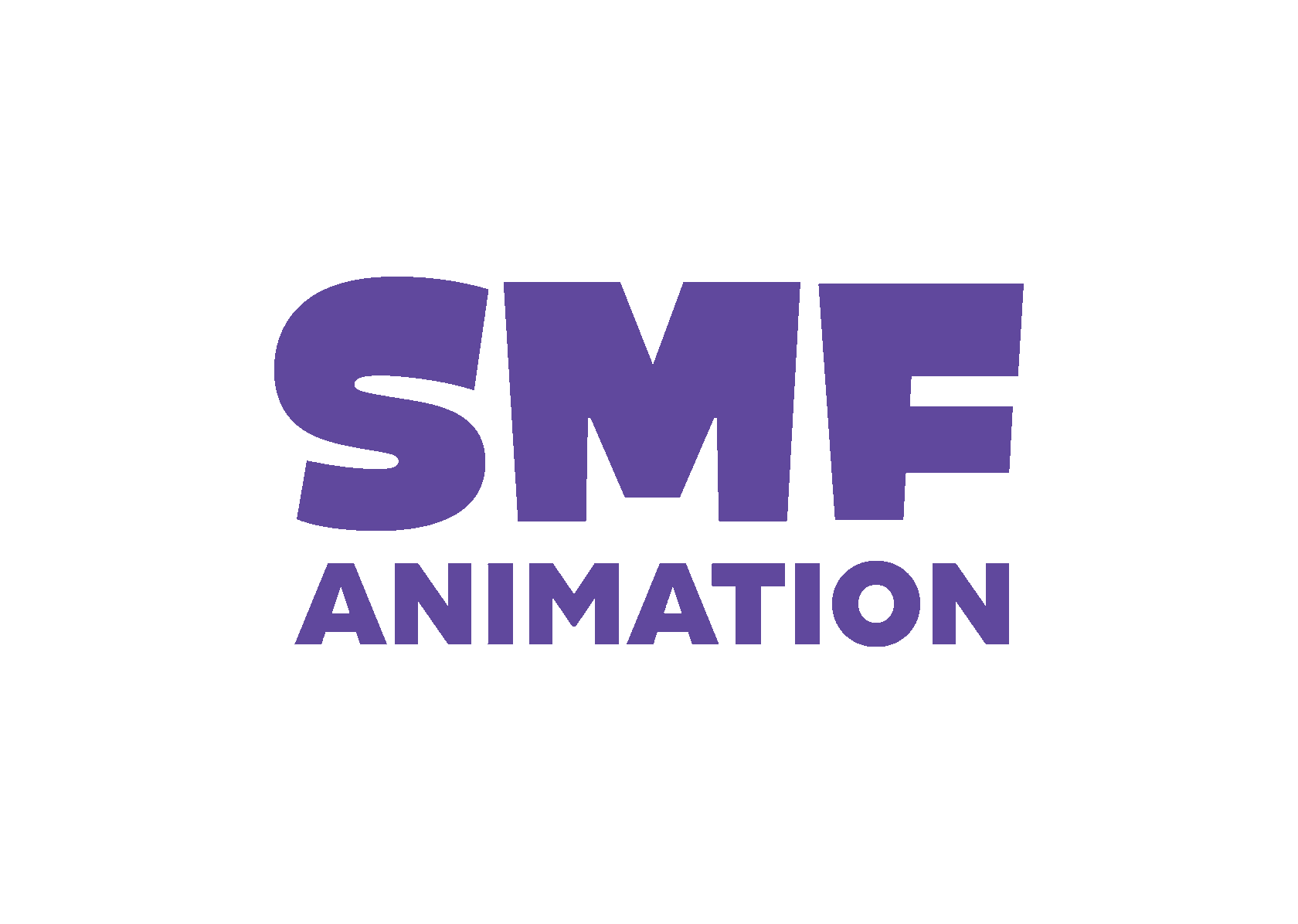history of the studio
2019
Text Text Text
Text Text Text
Text Text Text
2018
A massive modernization project is launched, including the creation of a techno-park and a "House of Russian Animation"
The first Soyuzmultfilm Children's Club opens
'Hoffmaniada' is released
In addition to its ongoing production of short artfilms The Studio performs a big release of continuation of legendary in 70th 'Prostokvashino' and starts to work on the animated feature "Suvorov"
The first Soyuzmultfilm Children's Club opens
'Hoffmaniada' is released
In addition to its ongoing production of short artfilms The Studio performs a big release of continuation of legendary in 70th 'Prostokvashino' and starts to work on the animated feature "Suvorov"
2013-17
The Studio fully upgrades its technical capabilities and invites to cooperation young talents to receive over 50 festival prizes for its new releases.
The Studio declares its main art strategy - to maintain its great tradition and to enrich it with innovative technologies, modern spirit and actual knowledge
The Studio declares its main art strategy - to maintain its great tradition and to enrich it with innovative technologies, modern spirit and actual knowledge
1989-2010
Soyuzmultfilm leases out The Studio facilities to become the production base for young studios
In 2001 the work on ambitious stop-motion artwork is started. "Hoffmaniada" by Stanislav Sokolov becomes a largest production of the Studio at this period
In 2001 the work on ambitious stop-motion artwork is started. "Hoffmaniada" by Stanislav Sokolov becomes a largest production of the Studio at this period
1982
By the 80's the animated films of The Studio have over 150 awards of local and international festivals. The overall number of films released comes to over 1,000
1975-77
A great release of legendary film 'Hedgehog in the Fog' by Yuri Norshtein In 2003 this amazing artwork was declared 'the best animated video of all times'
1969
The first chapter of 'Merry-Go-Round', an experimental 'animated anthology for kids' by young directors Anatoly Petrov, Galina Barinova, Leonid Nosyrev, Gennady Sokolsky and Valery Ugarov is released. The series immediately becomes the brightest event in Soviet animation and a platform for young talents of directing
1967-69
The most famous and lovable 'main heroes' of The Studio animation come to life: 'Mowgli' by Roman Davydov, 'The Kid and Karlsson' by Boris Stepatnsev, 'Umka' by Vladimir Pekar and Vladimir Popov, 'I'll Get You' by Vyacheslav Kotenochkin, 'The Bremen Town Musicians' by Inessa Kovaleva, 'Winnie-the- Pooh' by Fyodor Khitruk, 'Cheburashka', 'Ghena the Crocodile' and 'Shapokliak' by Roman Kachanov
1961-66
An 'aesthetical turnover' in animation is started with such the artworks as 'Big Problems' by Brumberg sisters, 'The Key' by Lev Atamanov, 'Two Tales' by Leonid Amalrik, 'Wild Swans' by Mikhail and Vera Tsekhanovsky, 'The Flying Proletarian' by Iosif Boyarsky and 'The Story of a Crime' by Fyodor Khitruk
1957
'The Snow Queen' by Lev Atamanov is accomplished to win a wide range of awards on
international festivals and to have an impact on future of worldwide animation. This artwork along with previous works by Atamanov such as 'The Scarlet Flower' and 'The Golden Antelope' are the symbol of rise of Soviet animation
international festivals and to have an impact on future of worldwide animation. This artwork along with previous works by Atamanov such as 'The Scarlet Flower' and 'The Golden Antelope' are the symbol of rise of Soviet animation
1953
Stop-motion animation technology is introduced, to be used a year later (in 1954) to release a technically innovative artwork 'Pencil and Blotch: the Happy Hunters' by Evgeny Migunov
Stop-motion production attracts to The Studio the most talented artists and directors from all over the country, including Roman Kachanov, Vadim Kurchevsky, Yury Norshtein, Nikolai Serebryakov
Stop-motion production attracts to The Studio the most talented artists and directors from all over the country, including Roman Kachanov, Vadim Kurchevsky, Yury Norshtein, Nikolai Serebryakov
1947
The Studio is awarded with its first international prize: a bronze medal in Venice Film Festival for the 'Best Animated Film' - bronze medal in Venice goes to 'Little Song of Joy' by Mstislav Paschenko
'The Humpbacked Horse' – an ambitious project of Ivan Ivanov-Vano is accomplished to become an example of execution of a folktale in animation
'The Humpbacked Horse' – an ambitious project of Ivan Ivanov-Vano is accomplished to become an example of execution of a folktale in animation
1945
Directors Valentina and Zinaida Brumberg create for the Studio the first animated feature film 'The Lost Letter'.
Colored animation becomes a standard for The Studio
Colored animation becomes a standard for The Studio
1936
Soyuzmultfilm animation studio is founded on June 10th
In-house directors pull is created. Top names in the industry invited to collaborate: Ivan Ivanov-Vano, Vladimir Suteev, Boris Dyozhkin
The Studio rapidly develops new techniques of celluloid animation and produces a range of animated shorts stories for kids.
In-house directors pull is created. Top names in the industry invited to collaborate: Ivan Ivanov-Vano, Vladimir Suteev, Boris Dyozhkin
The Studio rapidly develops new techniques of celluloid animation and produces a range of animated shorts stories for kids.
